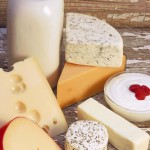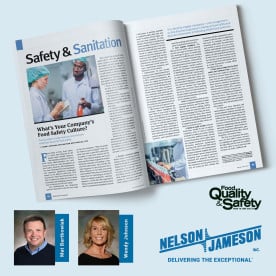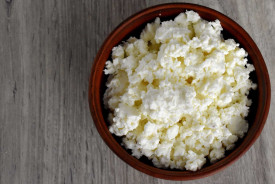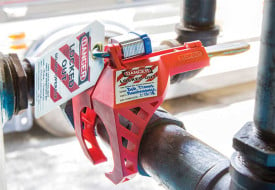 Imagine selling water removed from your dried or condensed whey for about $16 per gallon. Pretty good deal, especially when it has virtually no value otherwise.
Imagine selling water removed from your dried or condensed whey for about $16 per gallon. Pretty good deal, especially when it has virtually no value otherwise.
If it remains in the cheese on the other hand, water has this value based on early March cheddar prices. Every .10 % water retained amounts to 100 # /100,000 # of cheese produced. On a daily basis this amounts to $200, or $1,400 per week or $72,800 per year!
Poor sampling and testing, resulting in a wide “standard deviation” of results, however, will force an operation to give up moisture in order to avoid a major loss due to production of non-standard cheese. That is why Nelson-Jameson has taken moisture testing very seriously and tried to identify the best equipment for our customers to use. Unfortunately one of our “flagship” products in this regard, the Lab-Line Model 3623 vacuum oven, described in Standard Methods for the Examination of Dairy Products, has been discontinued by the manufacturer, Thermo-Fisher Scientific. It has been replaced with a new model, which has many of the features designed into the classic oven -- although not all. After looking at a number of other ovens we will offer the Lindberg/Blue M Vacuum Oven in our next catalog. So far we have not found a better one among those currently available.
Finding a substitute oven that offers the same or similar features required both time and research by our laboratory team. It could have been easier by just choosing an oven without the research, but that is not how Nelson-Jameson operates. We choose to do the investigation of a product on the front end of the decision making process, so we can then offer our customers an item that we feel comfortable and confident standing behind.





